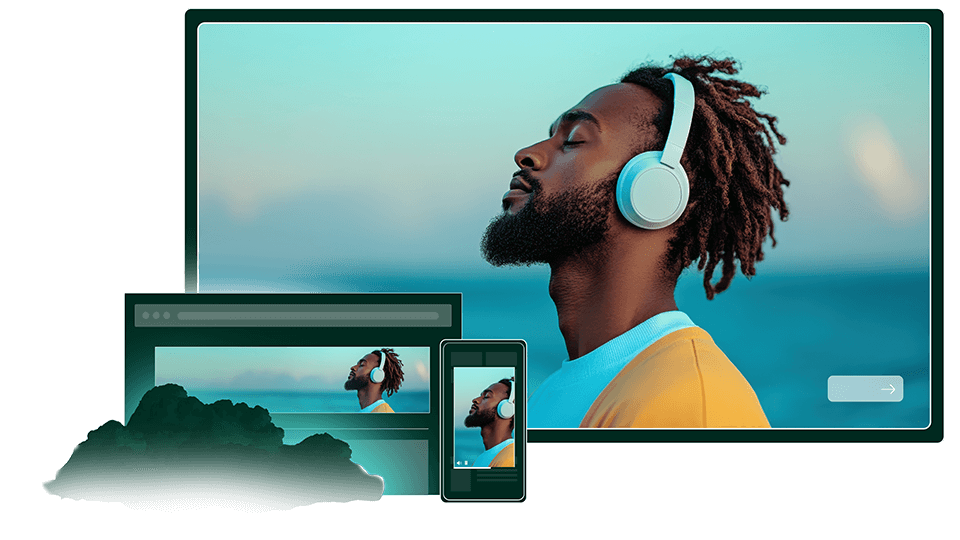Majority of World Cup Action Available on Second Screens
LONDON – According to U.K. researcher Ovum, the majority of screens available for following the World Cup are made up of PCs, tablets and smartphones. Broadcast and streaming services of the World Cup are available on up to 5.9 billion screens globally, with “second screens” comprising 57 percent of the total number of screens. However, the company added that traditional broadcasting – via terrestrial, cable, satellite, or IPTV still attracts the largest audiences and generates the most value for World Cup rights holders.
Connected devices are playing a crucial role in evolving viewing habits for big-event TV, though. “Devices capable of streaming live and on-demand video – of which there now 4.7 billion – are providing additional viewing opportunities outside the appointment viewing taking place in people’s living rooms,” says Ted Hall, senior analyst at Ovum. “With the likes of tablets providing the convenience and flexibility to consume content whenever and wherever, fans are able to watch more of the tournament than ever before.”
The reliability of online streams compared with traditional broadcasts remains a concern, however. “For broadcasters and operators providing multiplatform World Cup services, supplying demand with minimal technical hiccups should be of paramount concern,” says Hall. “Having set consumer expectations for TV Everywhere, providers must now deliver on the promise of their offerings, as failure to do so can result in bad press and, more importantly, frustrated fans. While viewing live events online is improving, there is some way to go before it can compare with the reliability traditional TV distribution offers for the largest audiences.”
Significant innovation of the viewing experience for this World Cup is somewhat lacking, in Ovum’s view. The tournament will not, for instance, provide the launch pad for the much-vaunted 4K Ultra high-definition format – though FIFA and technology partner Sony are capturing three matches in 4K, very few people see them in this resolution, with screenings limited to public venues in Rio de Janeiro.
“4K technology is far from ready for home viewing, with holes in the transmission part of the ecosystem meaning that it will be some time before audiences of any significant scale will be watching UHDTV content in their living rooms,” explains Hall. “And with FIFA abandoning its support of 3DTV for Brazil 2014 – in light of the format’s spectacular failure to capture the public’s imagination – the less-glamorous HDTV will be the preferred format of many World Cup viewers, with up to 260 million homes watching matches in high-definition.”
The professional video industry's #1 source for news, trends and product and tech information. Sign up below.
